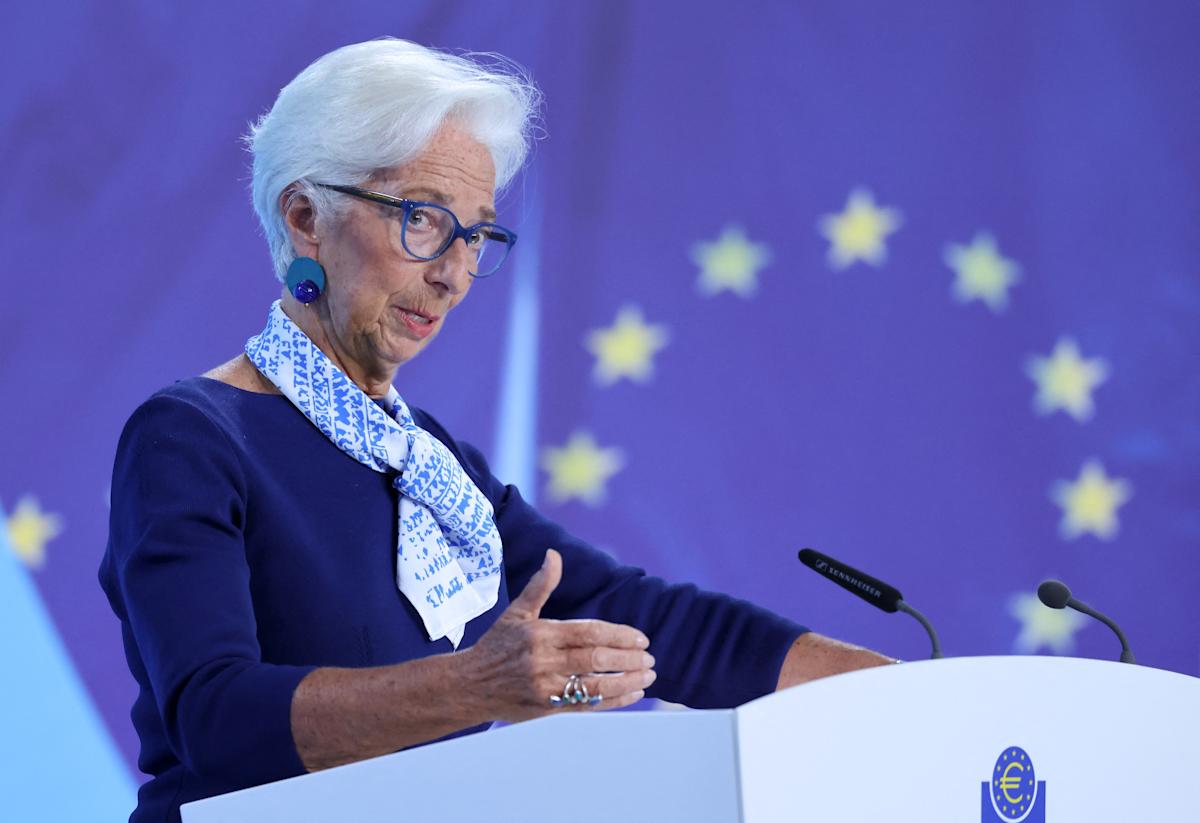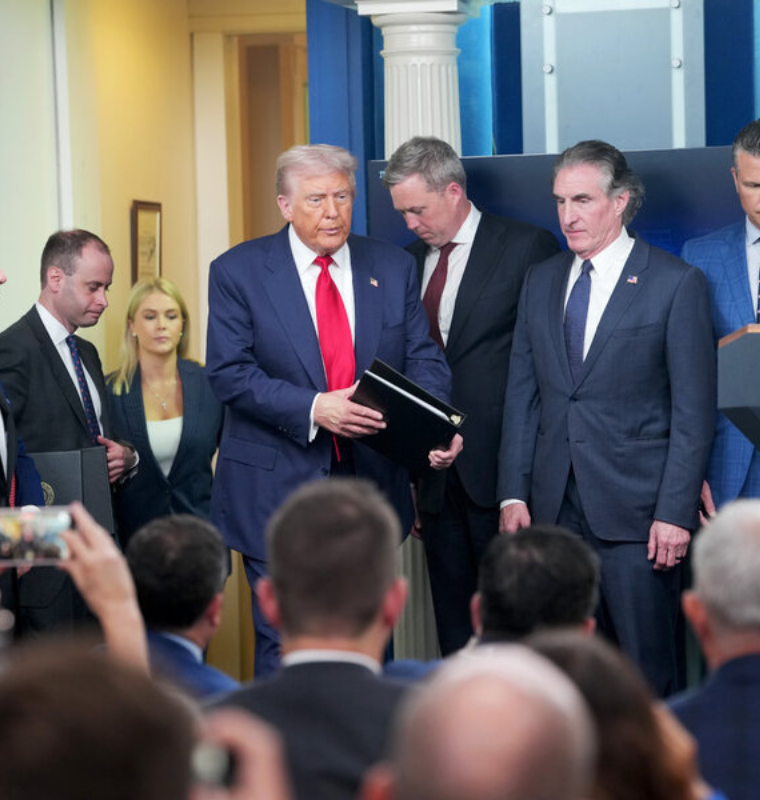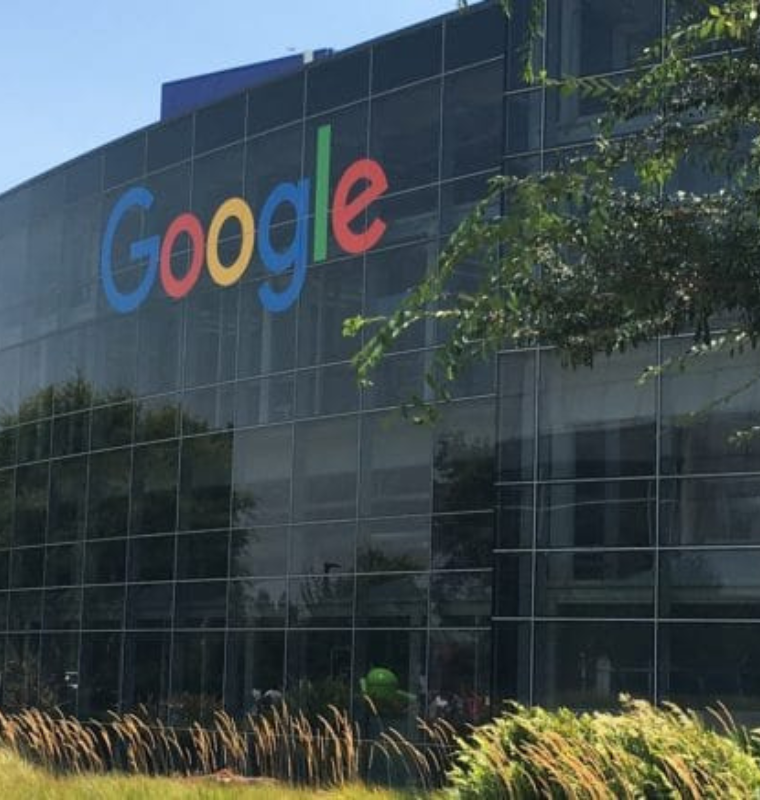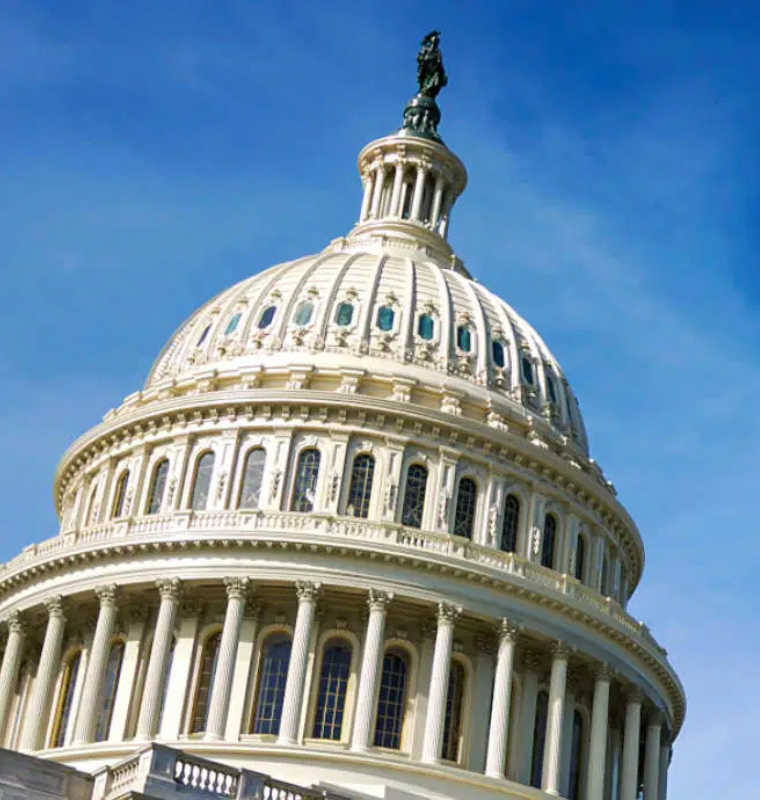European Central Bank Holds Interest Rates Amid Trade Uncertainty and Tariff Pressures
European Central Bank Holds Interest Rates Amid Trade Uncertainty and Tariff Pressures
By
Rachel Steinberg
Last updated:
July 25, 2025
First Published:
August 6, 2025

Photo: Yahoo Finance
ECB Maintains Key Interest Rate at 2% Amid Growing Economic Uncertainty
At its July meeting, the European Central Bank (ECB) opted to keep its key interest rate steady at 2%, citing a highly uncertain economic environment largely driven by escalating trade disputes. This pause comes after the ECB’s series of rate cuts this year, which reduced the key deposit rate from a record 4% in late 2024 to 2% by June 2025.
The EU and U.S. remain embroiled in tense trade negotiations, with unresolved tariff issues casting a shadow over economic forecasts for growth, inflation, and currency stability.
Trade Tensions Cloud Economic Outlook
The stakes are high in the transatlantic relationship. The European Union exported over €503 billion (approximately $590 billion) in goods to the U.S. in 2024, making it the EU’s largest bilateral trading partner.
However, with talks still ongoing as of July, there remains a looming threat of a 15% baseline tariff on all EU imports to the U.S., alongside retaliatory tariffs from the EU side. Such measures could dampen trade flows, disrupting supply chains and heightening inflationary pressures.
ECB officials underscored that despite inflation in the eurozone hitting the ECB’s 2% target last month, the broader geopolitical and trade tensions make the outlook fragile and unpredictable.
Inflation Control Nears “Neutral” Rate, But Growth Risks Remain
ECB Chief Economist Philip Lane recently highlighted that the bank's aggressive monetary tightening cycle is largely complete, moving towards a “neutral” interest rate that neither stimulates nor restricts economic activity.
Following the policy announcement, ECB President Christine Lagarde commented on the eurozone economy’s unexpected resilience in the first quarter of 2025, attributed partly to businesses accelerating exports ahead of expected tariffs, stronger private consumption, investment growth, rising real incomes, and more accessible financing.
However, Lagarde warned that risks to growth remain “tilted to the downside.” An escalation in trade disputes could curtail exports, reduce investment, weaken consumer spending, and dampen confidence among businesses and households.
Conversely, a swift resolution to trade tensions, combined with increased European defense and infrastructure spending, could spur growth beyond current forecasts.
Currency Volatility Adds Another Layer of Complexity
Investors are closely watching the euro’s recent strength, which poses a potential deflationary risk by making imports cheaper and putting downward pressure on prices. At the time of the ECB announcement, the euro traded just below $1.18, up significantly from around $1.03 at the start of 2025.
Lagarde acknowledged that a stronger euro could reduce inflation more than anticipated. Simultaneously, higher tariffs globally might also dampen price rises if countries with excess industrial capacity redirect exports toward the eurozone.
She also cautioned against complacency, noting risks such as fragmented supply chains, higher fiscal spending, and extreme weather events could stoke inflationary pressures instead.
Market Expectations and Future ECB Moves
Economists at RBC Capital Markets interpret Lagarde’s remarks as a signal of cautious optimism, shifting their forecast to expect interest rates to remain at 2% for the rest of 2025.
Joe Nellis, economic advisor at MHA, predicts one possible additional rate cut later this year, contingent on avoiding the proposed 30% U.S. tariffs scheduled for August 1. “If no trade deal is reached, the ECB may cut rates again in September to mitigate tariff-related economic drag,” he noted.
Meanwhile, Deutsche Bank’s chief European economist, Mark Wall, keeps all options open, including potential rate hikes. He pointed out, “If trade tensions ease and the economy remains resilient with significant fiscal support, inflation risks could increase, prompting the ECB to consider tightening policy again.”
Navigating a Fragile Economic Crossroads
The ECB’s decision to hold rates amid tariff turmoil reflects a delicate balancing act: controlling inflation without stifling growth, while managing the unpredictable effects of global trade conflicts.
With trade negotiations between the EU and U.S. at a critical juncture, the coming months will be decisive for Europe’s economic trajectory and the ECB’s monetary policy path.
Popular articles
Subscribe to unlock premium content
Disney’s Timeless Magic and How the Entertainment Giant Continues to Shape Culture and Innovation

Imran Khan’s Economic Missteps Amid Political Chaos in Pakistan

The Philippines’ Digital Shift How Remittances and BPO Are Fueling Growth

Disney’s Timeless Magic and How the Entertainment Giant Continues to Shape Culture and Innovation

Imran Khan’s Economic Missteps Amid Political Chaos in Pakistan

Disney’s Timeless Magic and How the Entertainment Giant Continues to Shape Culture and Innovation









